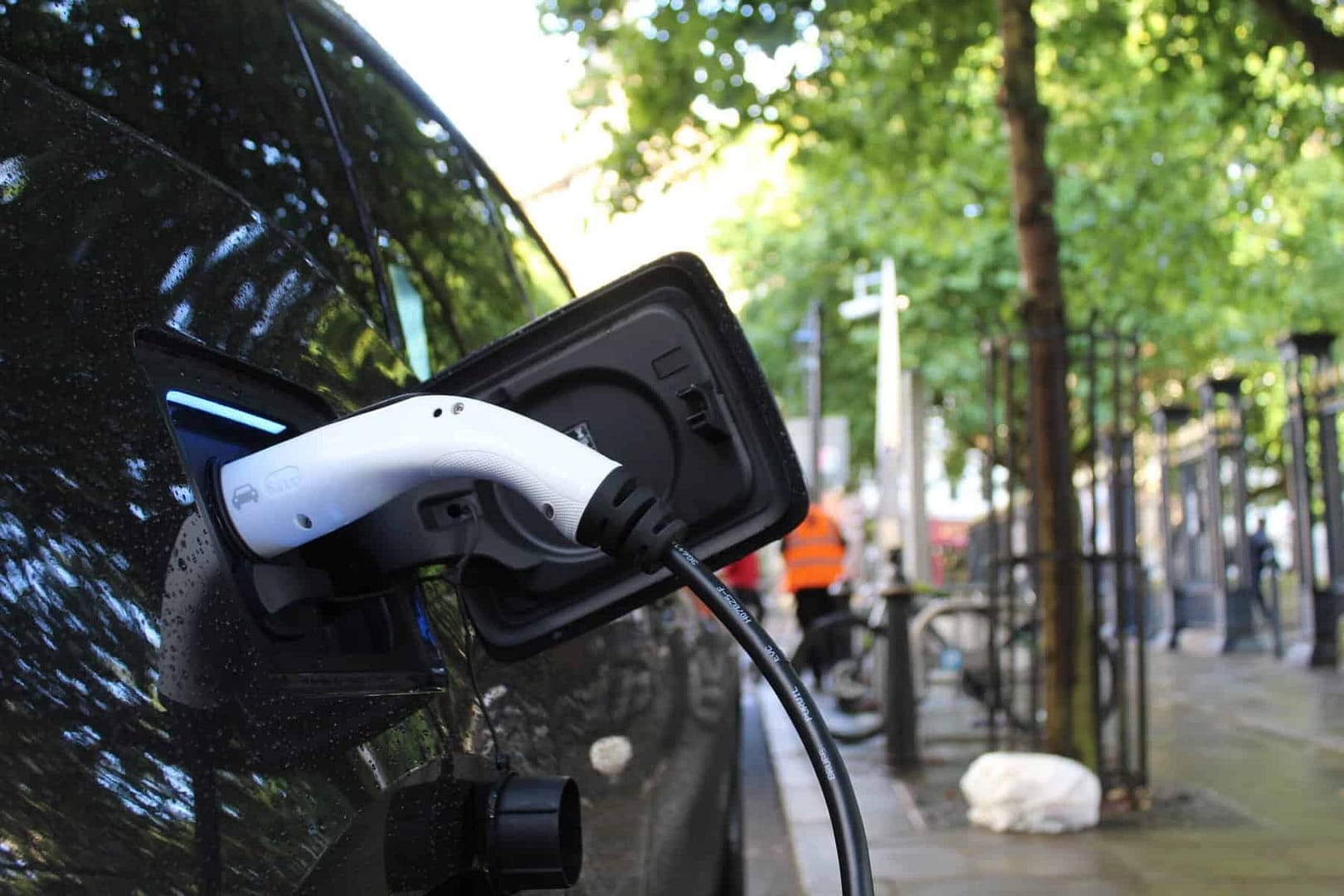For purchases in January, all the new CVC rules take full effect. The IRS will develop additional guidance to administer this revised tax credit program by December 31, 2022. As we discuss the various requirements of the new tax credit program, we will move from least complex to the more complex items.
You must meet all the requirements to avoid repaying the advance tax credit. The credit is up to $7,500 based upon two individual credit provisions of $3,750 each.
Annual Taxpayer Income Limitations
To qualify for the new CVC, taxpayers’ Modified Adjust Gross Income (MAGI) must not exceed certain levels and do not have any phase-out provisions. If your MAGI exceeds these limits by $1, you lose the tax credit benefit.
| Filing Status |
Married Filing Joint |
Surviving Spouse |
Head of Household |
All Other Filers |
| MAGI Limit |
$300,000 |
$300,000 |
$225,000 |
$150,000 |
For this tax credit, MAGI is determined by taking your Adjust Gross Income (AGI) on your tax return and adding any excluded income from Guam, American Samoa, Northern Mariana, Puerto Rico, or foreign sources. These add-back items only apply to certain taxpayers, and most taxpayers will be able to use their AGI to determine income limits.
The law allows you to use your lower MAGI from the year you use the tax credit or the previous year. As an example, if you were to look to claim a tax credit on your 2022 tax return, you would look at your MAGI for both 2021 and 2022 and take the lower number.
MSRP Retail Price Limits
To qualify for the CVC, the manufacturer’s suggested retail price (MSRP) cannot exceed certain thresholds, eliminating some “high-end” and “luxury” vehicles. The applicable limit for vans, sport utility vehicles, and pickup trucks is $80,000. All other vehicles are limited to $55,000. There are no phase-outs, so this is a hardline in consideration for the tax credit.
Considering these new MSRP limits, it is unclear how auto dealers will shift their vehicle offerings. Currently, Kelly Blue Book (KBB) estimates the average electric vehicle is selling for $66,000, while hybrid/alternative energy vehicles’ average sales prices were around $39,000 in June 2022.
Since the COVID pandemic, supply chain issues have plagued the auto industry’s pipeline, leading to sales over MSRP in many areas and significant delivery delays. Recent inflation pressure may lead to increased prices to cover rising costs or additional capital investments to comply with the new assembly requirements.
Critical Minerals, Battery Components, and Final Assembly Requirements
The most complicated elements of the CVC are the requirements around manufacturing based in the US, US trade partners, and North America. The $7,500 credit is made up of two components: the critical minerals and battery components requirements.
Critical minerals requirements refer to the motor’s battery that must be made with components from the US, or a country with which the US has a free trade agreement, or from materials recycled in the US. The batteries used in vehicles sold in 2022 through the end of 2024 must be produced with 40% of US-sourced materials and increases up to 80% by the end of 2026.
Similarly, battery components must be sourced from a manufacturer, or assembler, in North America. The batteries used in vehicles sold in 2022 through the end of 2023 must be produced with 50% of US-sourced materials and up to 100% by the end of 2028. Additionally, the vehicle’s final assembly must be completed in North America.
Depending on how manufacturers respond to these requirements, dealerships might be selling similar models of vehicles, but due to manufacturing locations or components, only one of them would qualify for the tax credit.
The US Department of Energy has compiled a list of vehicles that may qualify for the new tax credit through the rest of 2022 and 2023. To further document and identify the origin of manufacture, the IRS and Department of Energy recommend using the VIN Decoder website from the National Highway Traffic Safety Administration (NHTSA).




